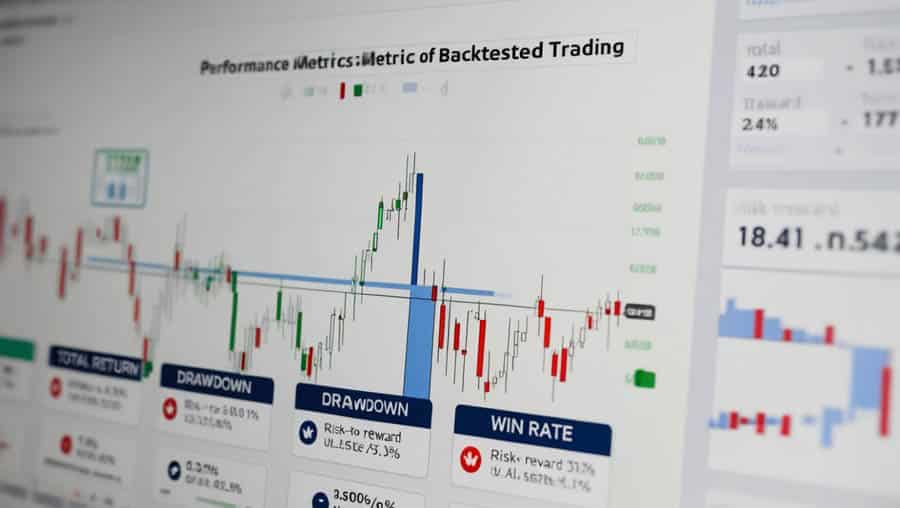In today’s highly competitive financial markets, high-frequency trading (HFT) and algorithmic trading have become essential tools for many investors and traders seeking profit. Whether you’re a beginner or a seasoned professional, mastering these complex trading techniques is crucial. However, to truly understand and apply HFT and algorithmic trading strategies, in-depth reading of related literature is an indispensable step. In this article, we recommend several excellent books that not only cover the fundamental theories behind HFT and algorithmic trading but also offer a wealth of practical strategies and case studies to help readers succeed in real-world trading. Whether you’re new to the field or looking to optimize existing strategies, these books will provide valuable knowledge and insights.
1. Inside the Black Box by Rishi Narang
For enthusiasts of high-frequency trading, Inside the Black Box by Rishi Narang is a rare and outstanding read. The book offers a detailed breakdown of the core concepts, strategies, and technologies behind quantitative and high-frequency trading, unveiling the complex operational mechanisms of these domains. Through case studies and in-depth analysis, the author demonstrates how quantitative trading systems are designed and run, enabling readers to understand and apply these insights effectively.
The book covers a wide range of topics, organized into several key sections. It begins by introducing the basic concepts and principles of quantitative trading, along with its historical development. It then delves into various trading strategies and their use cases, such as statistical arbitrage and trend-following. For readers interested in building their own trading systems, the book offers comprehensive guidance on system design and implementation, including data collection, processing, backtesting, and execution.
Additionally, the book devotes special attention to risk identification, evaluation, and management in quantitative trading. Notably, it provides a detailed analysis of high-frequency trading—one of the major branches of quantitative trading—examining its unique features and technical requirements, as well as how market microstructure influences trading strategies.
This book is suitable for readers at all levels. Beginners will find it a comprehensive and accessible introduction; intermediate readers with some trading experience can deepen their understanding of complex strategies and system design; and advanced traders and financial engineers will benefit from its technical depth and practical case studies.
2. High-Frequency Trading: A Practical Guide to Algorithmic Strategies and Trading Systems by Irene Aldridge (2nd Edition)
Irene Aldridge’s High-Frequency Trading (Second Edition) is a comprehensive and in-depth exploration of the HFT domain. Covering everything from the fundamental principles to practical strategies and implementations, this book is an essential guide for understanding and practicing high-frequency trading.
The early chapters lay the groundwork for understanding HFT. Chapters 1 and 2 introduce the origins and participants of HFT, discussing changes in modern market structures and how they relate to high-frequency trading, providing readers with a solid conceptual framework.
Subsequent chapters explore core components of HFT in depth. Chapter 3 provides a thorough analysis of market microstructure, including limit orders, aggressive execution, and passive execution, helping readers grasp how HFT strategies exploit micro-level inefficiencies. Chapter 4 focuses on the characteristics and recording of high-frequency data, emphasizing the importance of tick-level data in HFT.
Chapters 5 and 6 address trading costs and performance evaluation. Since HFT is highly sensitive to trading costs, accurately estimating these costs is crucial for profitability. The performance evaluation section discusses common metrics such as return, volatility, and drawdown, as well as the impact of market depth and capital capacity on HFT strategies.
The most practical parts of the book are Chapters 8 to 12, which detail specific HFT strategies, including statistical arbitrage, directional trading, and automated market-making. These sections offer insights into how these strategies are applied in real-world scenarios, along with operational tips.
The book also covers the regulatory landscape and risk management in HFT. Chapter 13 reviews global regulatory measures related to HFT, while Chapter 14 discusses risk management techniques tailored for high-frequency environments.
Overall, High-Frequency Trading (Second Edition) is well-suited for readers with a background in finance and programming—particularly those interested in market microstructure, high-frequency data handling, and strategy implementation. It serves as both an excellent introduction and a professional reference for those seeking to deepen their understanding and improve HFT strategies.
3. Algorithmic Trading: Winning Strategies and Their Rationale by Ernest P. Chan
In the realm of high-frequency trading, Algorithmic Trading: Winning Strategies and Their Rationale by Ernest P. Chan is a must-read. The book not only covers theoretical foundations but also offers a wealth of real-world strategies and case studies, making it an essential resource for HFT enthusiasts.
The book explores various algorithmic trading strategies in depth, including mean reversion, momentum, and statistical arbitrage. Each strategy is explained with its theoretical background, implementation methods, and risk management techniques. For example, Chapter 7 describes the PEAD (Post-Earnings Announcement Drift) strategy, detailing its backtesting process and offering code examples that show how to determine whether an earnings announcement is significant enough to impact market trends by calculating the moving standard deviation of returns.
The author emphasizes the importance of backtesting and data processing in algorithmic trading. He discusses how to avoid biases in data mining and recommends tools like MATLAB for strategy testing and deployment. The book also provides numerous code examples that readers can download and use in practice.
Algorithmic Trading: Winning Strategies and Their Rationale is ideal for readers with a basic understanding of programming and financial markets. It’s particularly beneficial for:
- Beginner traders: Those new to algorithmic trading will find comprehensive theoretical and practical guidance.
- Intermediate traders: Traders familiar with basic techniques can deepen their strategy knowledge and explore implementation examples.
- Advanced traders and quants: The advanced content and real-world case studies can help experienced professionals refine existing strategies and explore new trading opportunities.






